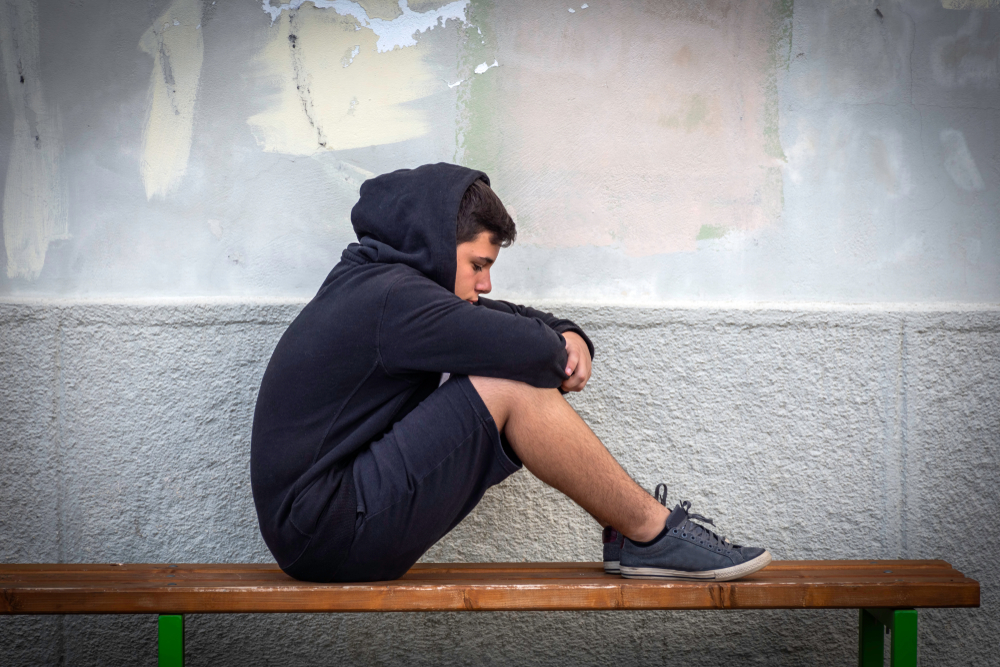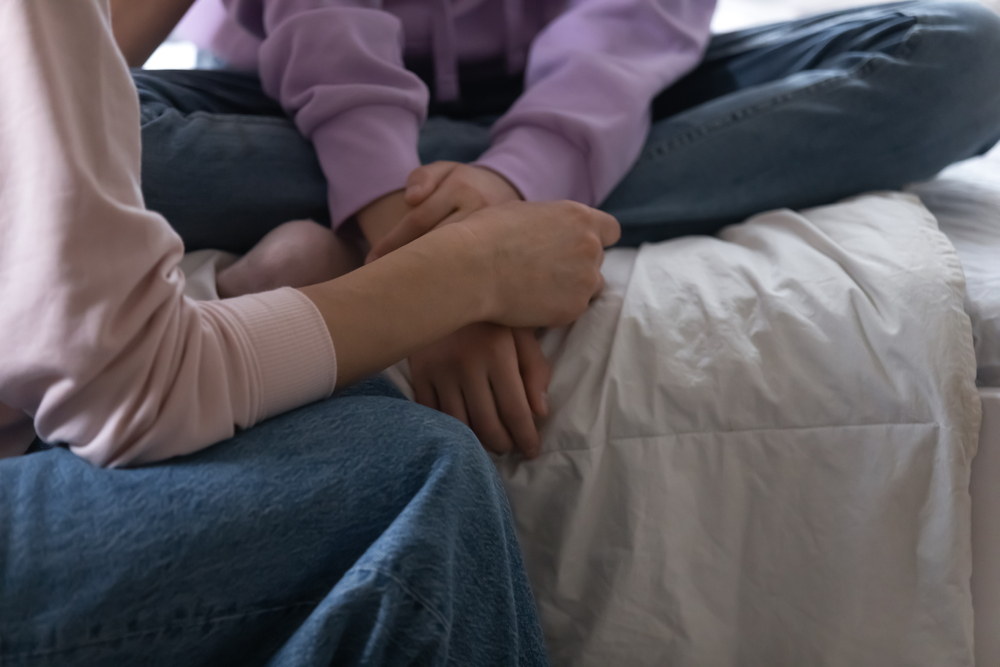Bullying at school, which affects 700,000 children in France every year, is now recognized as a criminal offence. In the most serious situations (suicide or attempted suicide), the stalker risks imprisonment. Among other things, here is one of the most important measures of the law of March 2, 2022, which aims to combat this scourge. But isn’t that too repressive for minors? Maître Gauthier Lecocq, lawyer specialized in criminal law, family law and personal law, shares his point of view with us.
“The idea of ’punishment for the sake of punishment’ is strictly irrelevant to me if the offender does not understand the consequences of the harm he may have caused by committing the offence.”

What should we learn from this law?
It is worth highlighting the many contributions of the law of March 2, 2022:
- The introduction of the offense of harassment at school in Article 222-33-2-3 of the Criminal Code;
- The establishment of Article L.111-6 of the Education Code, which stipulates: that no pupil or student may be the victim of intimidation as a result of comments or behavior committed within the educational institution or on the fringes of school or university life and with the purpose or consequences of undermining his dignity, harming his physical or mental health or deteriorating his learning conditions. These offenses may constitute the offense of bullying at school as referred to in Article 222-33-2-3 of the Criminal Code.
- Establishing an obligation of means with regard to public and private schools and higher education institutions, as well as the network of university works (CNOUS, CROUS): namely to take all appropriate measures to combat bullying in schools and universities. In particular, these measures aim to prevent the emergence of bullying situations, to encourage their detection by the educational community to provide a rapid and coordinated response and to refer the victims, witnesses and perpetrators, as appropriate. to the right services and associations are likely to provide them with support. Information is provided annually to pupils and parents of pupils about the risks of bullying at school, in particular cyberbullying.
- The ability to make an audiovisual recording of the interrogation of a minor victim of one of the offenses of moral harassment and bullying at school.
- The introduction into the Criminal Code for minors of a specific aspect of raising awareness of the risks associated with bullying at school within the obligation to undergo an apprenticeship or the penal provision or the alternative to prosecution that may be handed down against the minor .
- Creating state control of private institutions outside the contract, especially against all forms of bullying at school.
- The implementation of training in the prevention of bullying at school and in the identification and care of victims, witnesses and perpetrators of these acts, for all medical and paramedical personnel, social workers, magistrates, national education personnel, sports, cultural and personnel for leisure activities, as well as personnel of the national police, the municipal police and the gendarmerie, as part of their initial training.
- Amendment of the list of fines for confiscation to now consider the tool used to access the online public communications service as movable property used to commit the offense and can therefore be confiscated.
- The addition of school bullying to the total number of crimes against propagation that hosts and Internet service providers are responsible for combating;
So it is clear that the means being considered to put an end to this new offense are diverse and varied.

The law allows the confiscation and seizure of computers and smartphones used to harass the victim. What does this mean in concrete terms?
As a reminder, the penalty for forfeiture is an additional penalty in addition to the main penalties, which is imprisonment and a fine. The idea is to extend the traditional confiscation and confiscation provisions provided for in criminal law to cover the offense of bullying at school. This is the case, for example, in the case of seizure and confiscation of a vehicle when driving without a driver’s license, etc. In concrete terms, the means/instruments with which the bullying offenses were committed at school (telephones, tablets, computers, etc.) seized in the context of the criminal investigationsubsequently subject to confiscation by a decision of the criminal court.
The law provides for the criminalization of a maximum of ten years in prison and a fine of 150,000 euros (depending on the seriousness of the offenses committed) for the offender. Do you think this is not too ‘repressive’ for minors who are not always aware of the violence of their actions?
The aim of the legislator, by setting such prison terms and fines, is always to “impress”, “scare”, make both minors and adults aware of the seriousness of their actions, which can sometimes lead to the worst situations (suicide or attempted suicide of the victim). Moreover, the prison terms and fines provided for in the Criminal Code appear to be maximums.
However, it is important to point out that prison sentences are halved for juvenile offenders and that the fine may never exceed 7,500 euros. As a reminder, any punishment handed down by the criminal court must be individualized, in particular on the basis of the offender’s personality.
Finally, I think it would be better and more instructive to confront the underage offender with his victim, with the aim of enabling a concrete understanding of the situation by reversing the roles of executioner/victim. The intervention of the parents of the two protagonists may also seem appropriate, especially in trying to understand how their child could have come to this. The idea of ”punishment to punish” is of no interest to me at all, if the offender does not understand the consequences of the harm he may have caused by committing the offence. It is clear that in these kinds of hypotheses, the perpetrator will reoffend.

Do you think prison can teach minors to live together?
I remain and always will be the staunch defender of the rule by which “Freedom is the principle, confinement the exception”† I am not convinced that the notion of coexistence in detention can really be acquired and assimilated. On the contrary, I believe that coexistence is gradually, every day, freely learned through contact with people, be it at home, with friends, in society, at school, at work, etc.
Isn’t taking legal action to solve a problem that falls under pedagogy synonymous with failing in the fight against school bullying? In particular, this means that no educational action taken previously will have been sufficiently effective.
Unfortunately, it is not the first time that the judiciary often appears as the “last resort” when pedagogy is no longer sufficient. As part of several cases, I’ve seen a proliferation of anti-bullying programs implemented in several schools in recent months to try and combat this phenomenon. Unfortunately, it should be noted that: Bullying at school continues to increase month after month, despite the introduction of these new programs…
Bullying at school deserves quick responses, but with this offense the proceedings are likely to be lengthy, right?
Unfortunately, I have already found that complaints based on moral harassment, for various reasons, hardly lead to a criminal trial. Many of these complaints are in fact filed after the realization of a single act/fact of harassment. However, Article 222-33-2-3 of the Criminal Code does require the existence of “repeated comments or conduct”. This first condition with regard to repetition is then not constituted. The presence of a single statement or behaviour, however serious, will therefore not be sufficient to carry the criminal classification of bullying in school. (Warning! The fact remains that this single act or behavior can be qualified as “violence” more generally, but again provided proof is provided of the constituents of this latter crime).
I can only advise complainants to keep exchanging violent or abusive text messages or emails by screenshots (and especially not to delete them), to form a criminal file. Similarly, the text states that these repeated remarks or behaviors “must be the object or effect of a deterioration in his living conditions resulting in an alteration of his physical or mental health”. However, it is common for complainants to often fail to provide documentary evidence as to the existence of their biases: financial, moral, material, etc. The documents in question may include the following: a medical statement from a physician or psychiatrist, a statement from a psychologist, statements from witnesses (friends, family, neighbors), medical prescriptions, etc. Gold proof of the existence of this (these) damage(s) is essential to the extent that it is one of the elements of the criminal offence.
In the absence of this evidence, this crime of harassment cannot be characterized.
These clarifications will also apply to the offense of bullying at school.
In general, and in order to avoid unnecessary loss of time for the detectives, complainants are strongly advised to prepare a complete file in advance with all supporting documents and to submit it to the police or the gendarmerie once the complaint has been made. The idea is certainly to facilitate the work of the investigators seized of these criminal cases.
Finally, I believe that it is better to have a criminal procedure that takes some time, but culminates in a criminal trial, than a criminal procedure that is carried out quickly, but ultimately culminates in the judgment of dismissal without following the complaint filed. †
In the latter case, very often the victim’s receipt of the dismissal notice is interpreted by him as a rejection or even a denial of his status as a “victim”.
Initially, however, it is already difficult for a complainant to file a complaint against his bully, for fear of reprisals, embarrassment or other…

“We bet that in the future all these measures will prove sufficient to limit or even – hopefully – definitively destroy this scourge with devastating consequences, and especially for the youngest …”
For more information on the Law of March 2, 2022 to Combat Bullying in Schools, go here. If your child is being bullied by classmates, here’s what you can do.